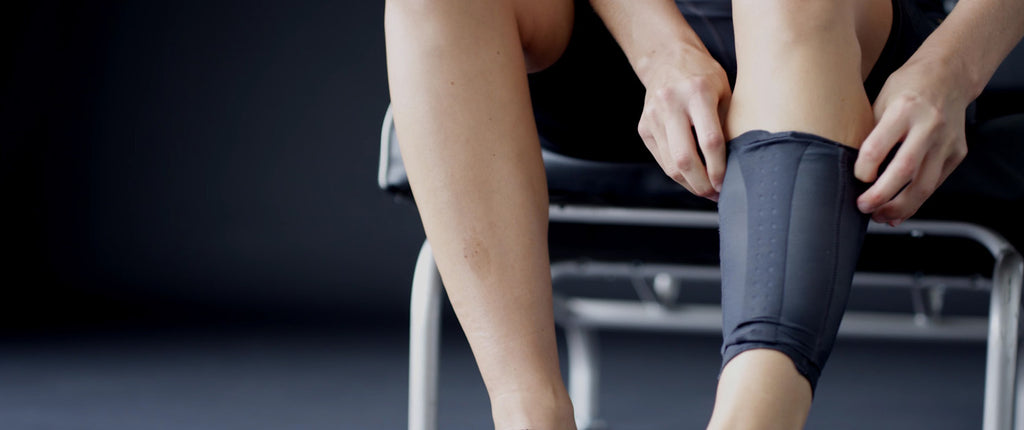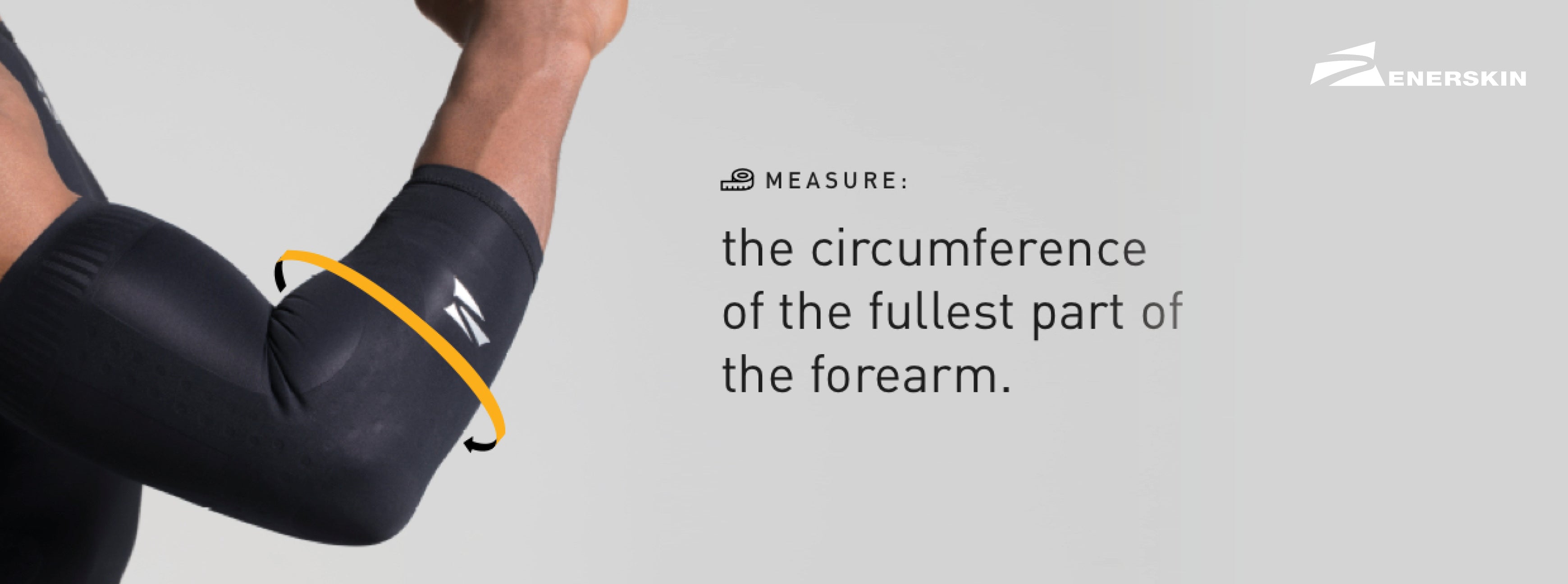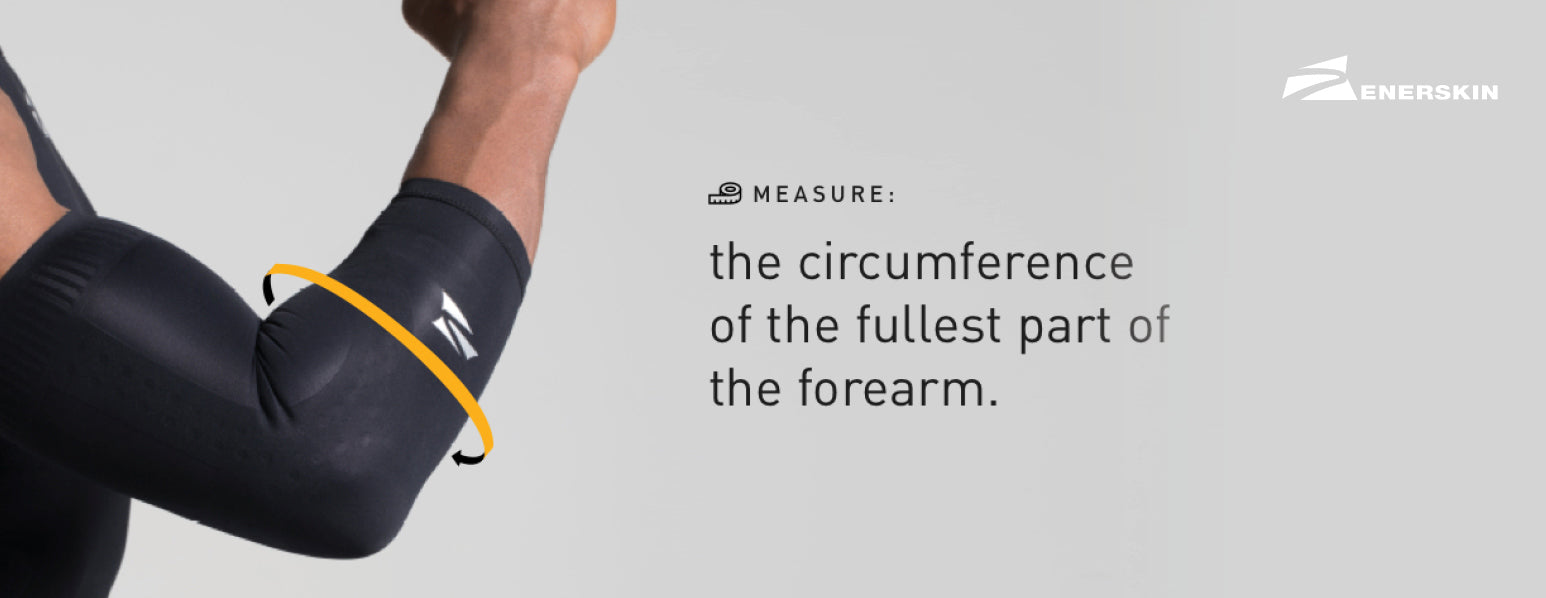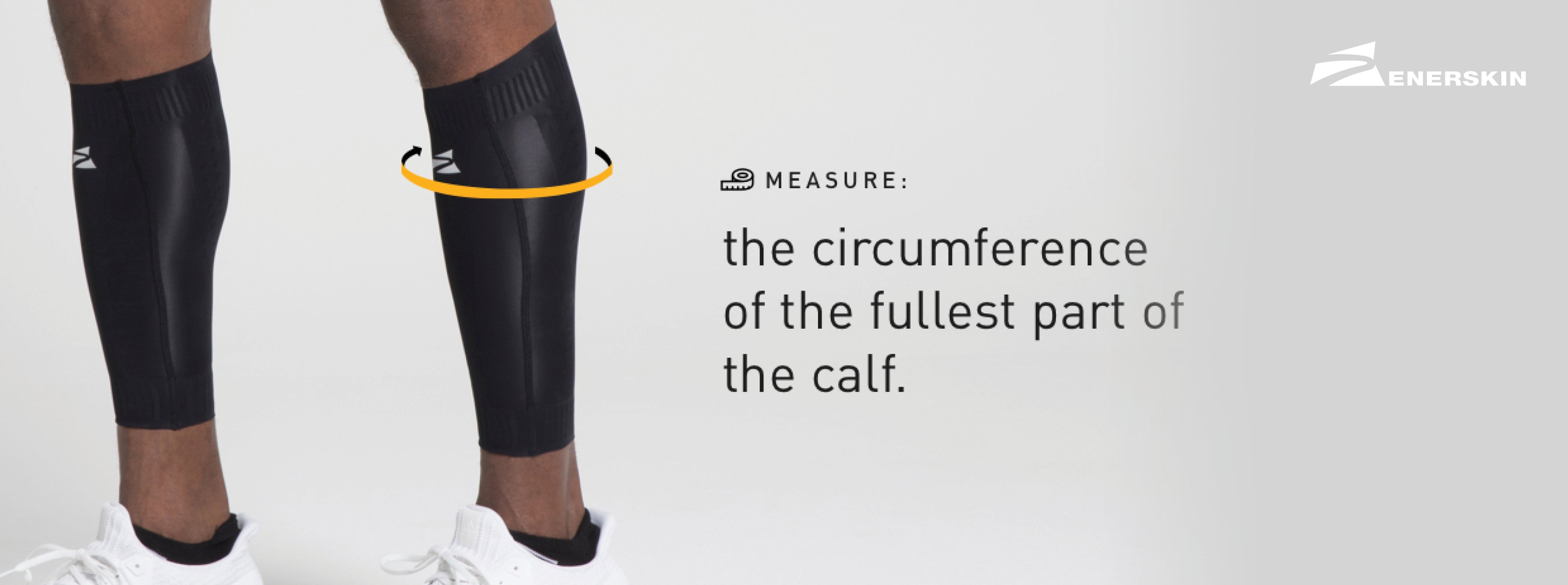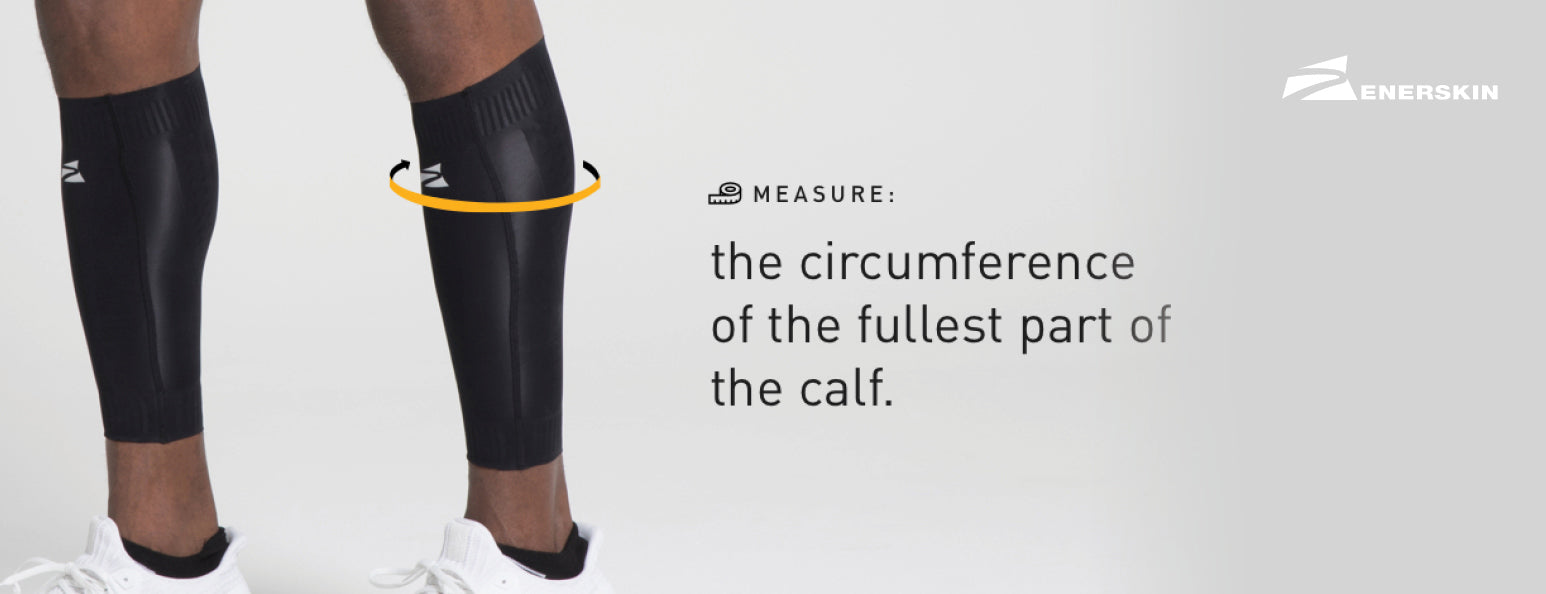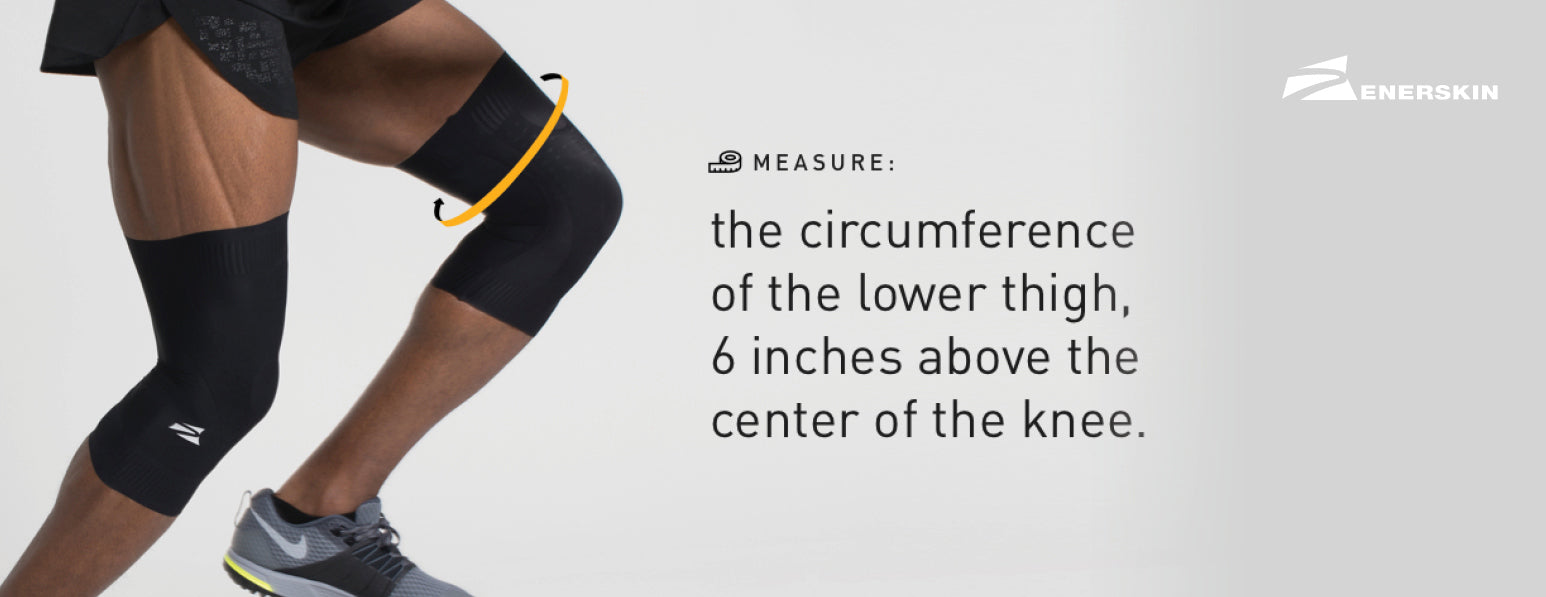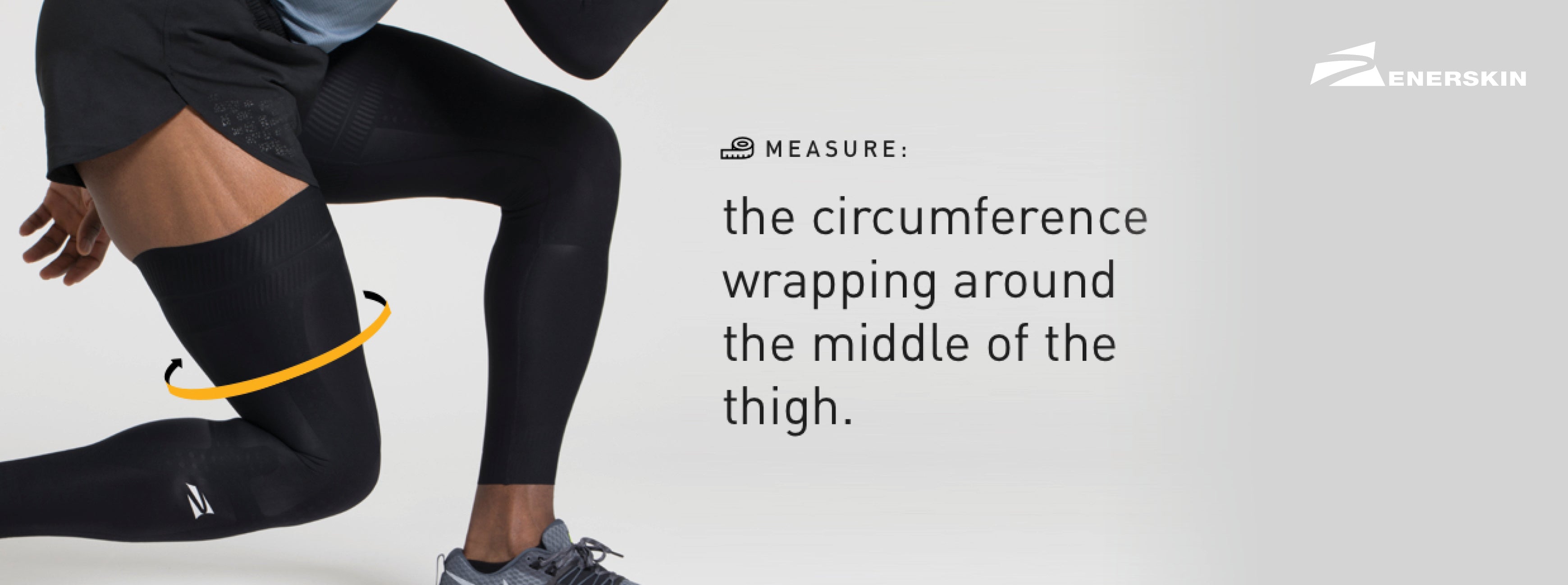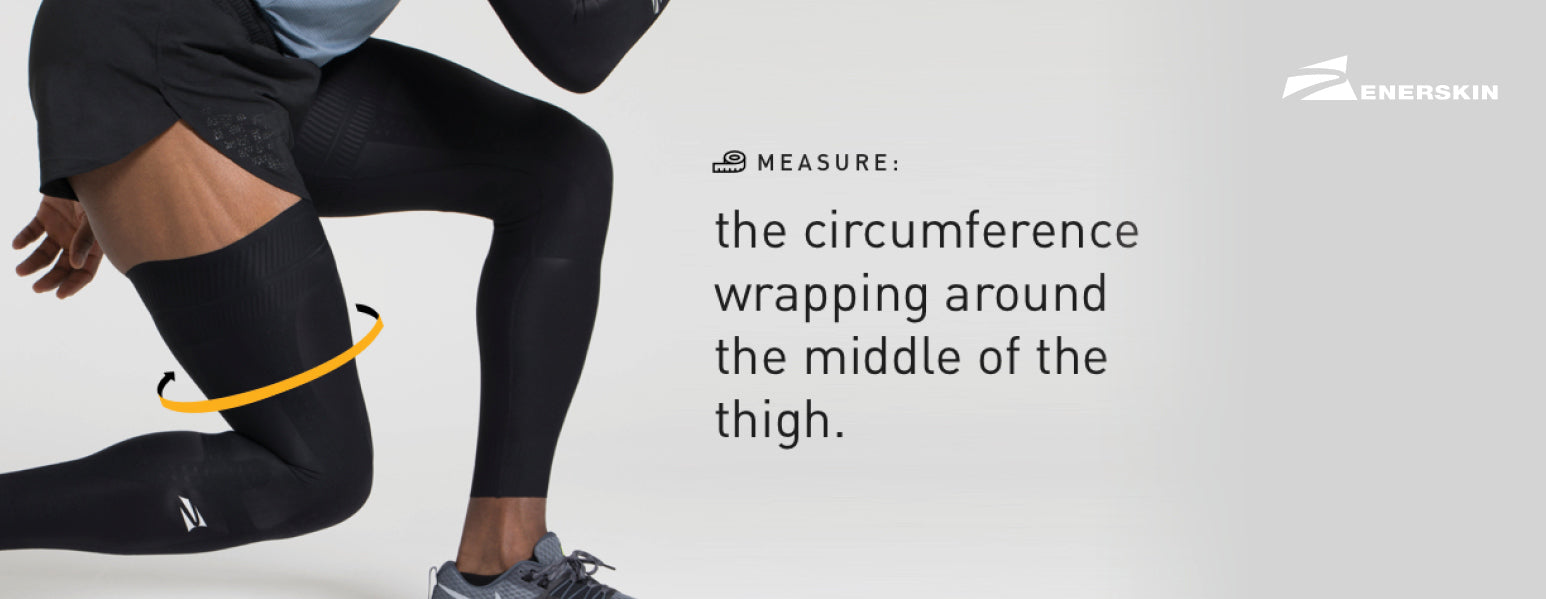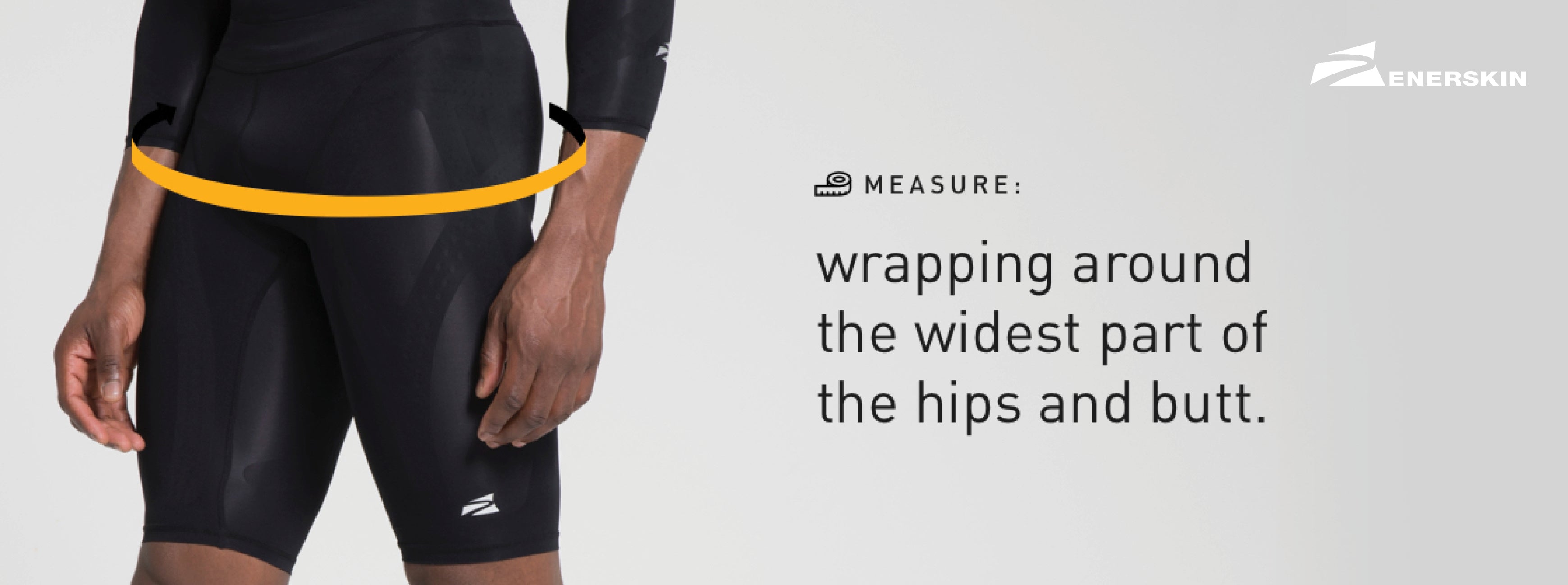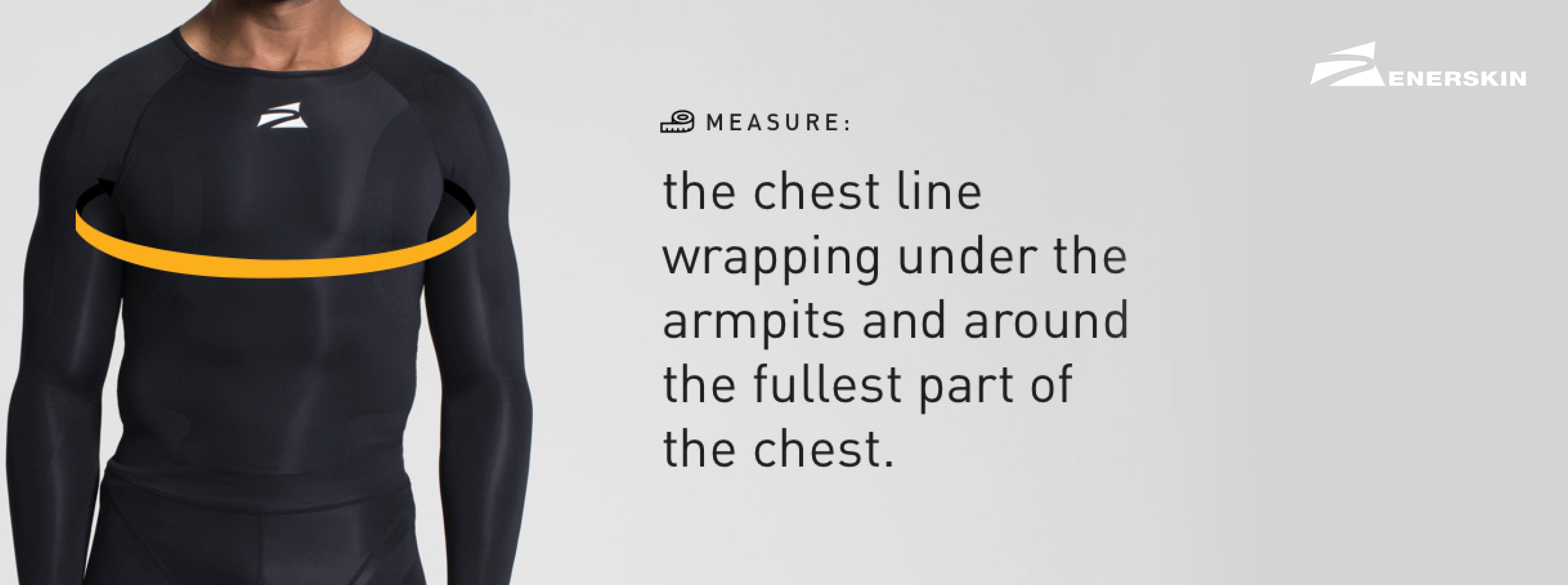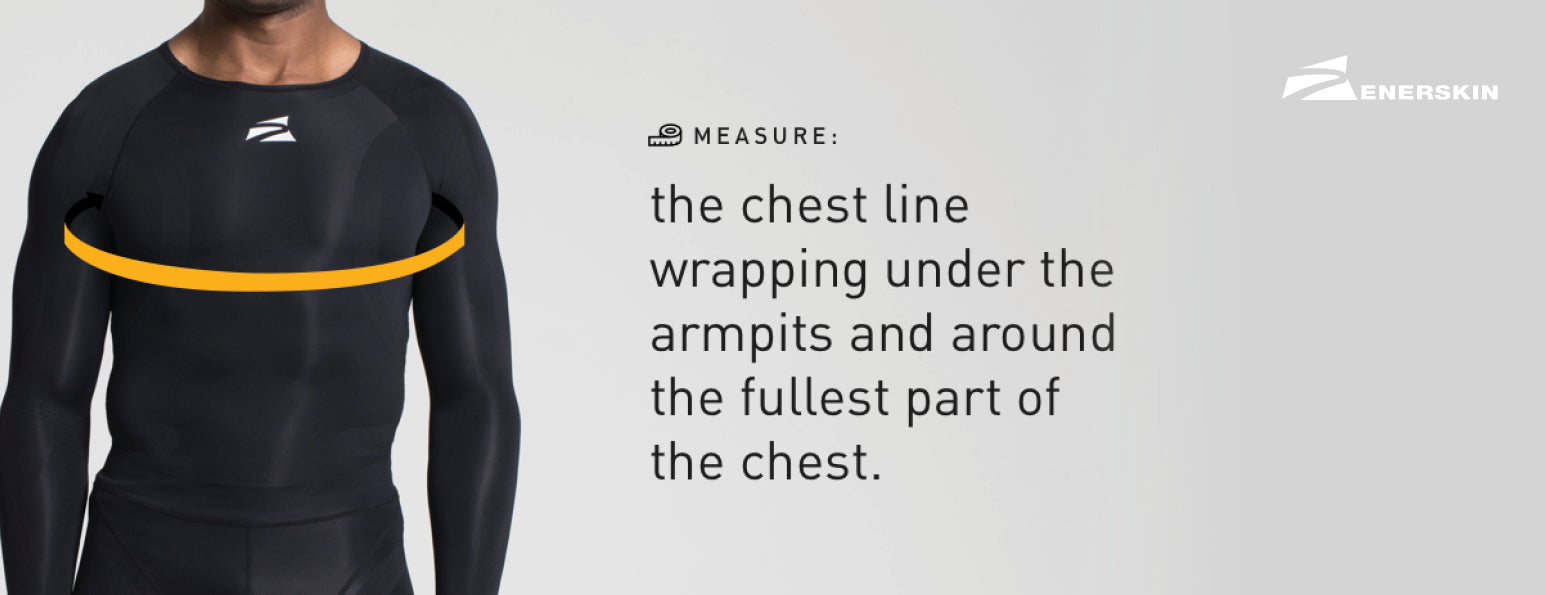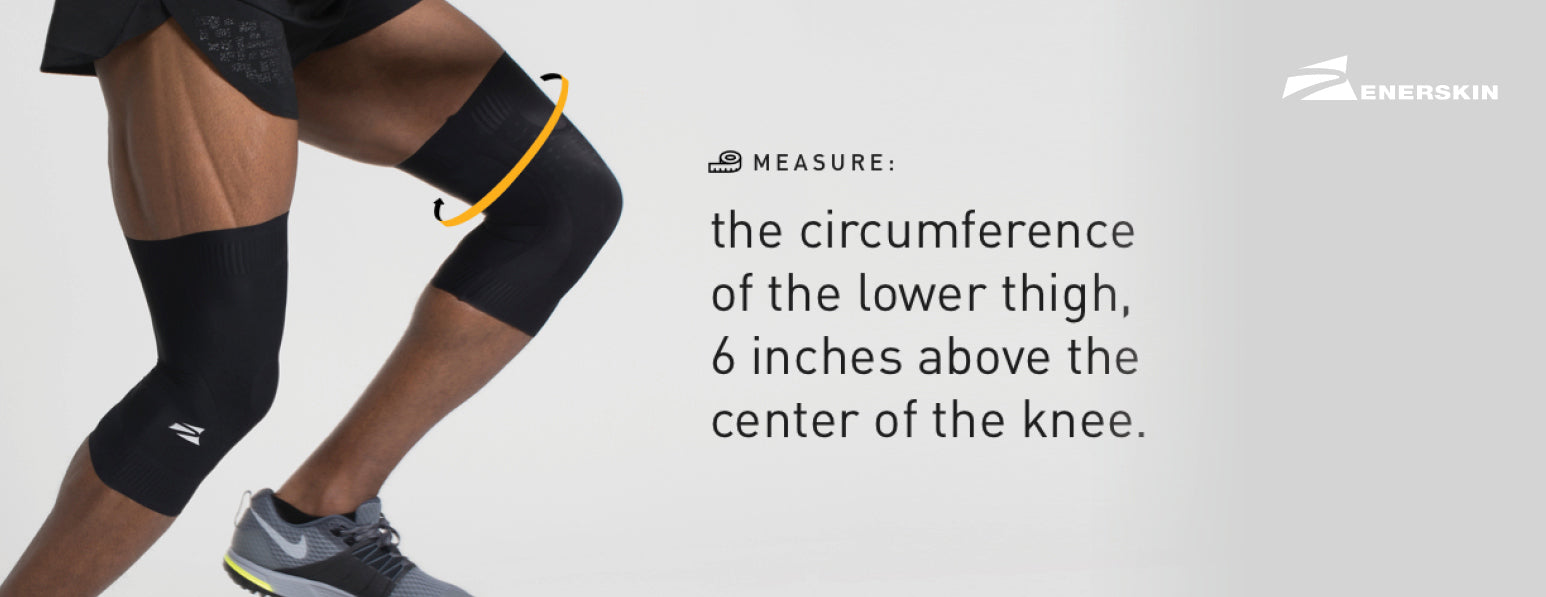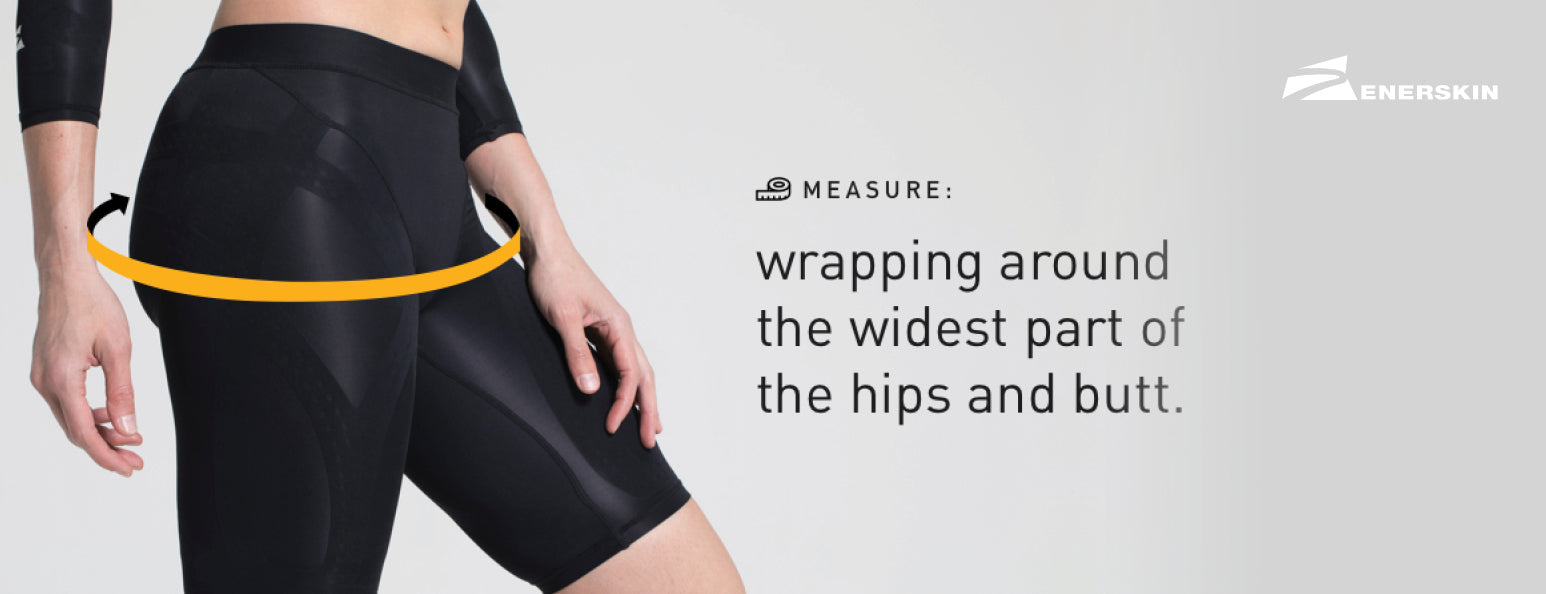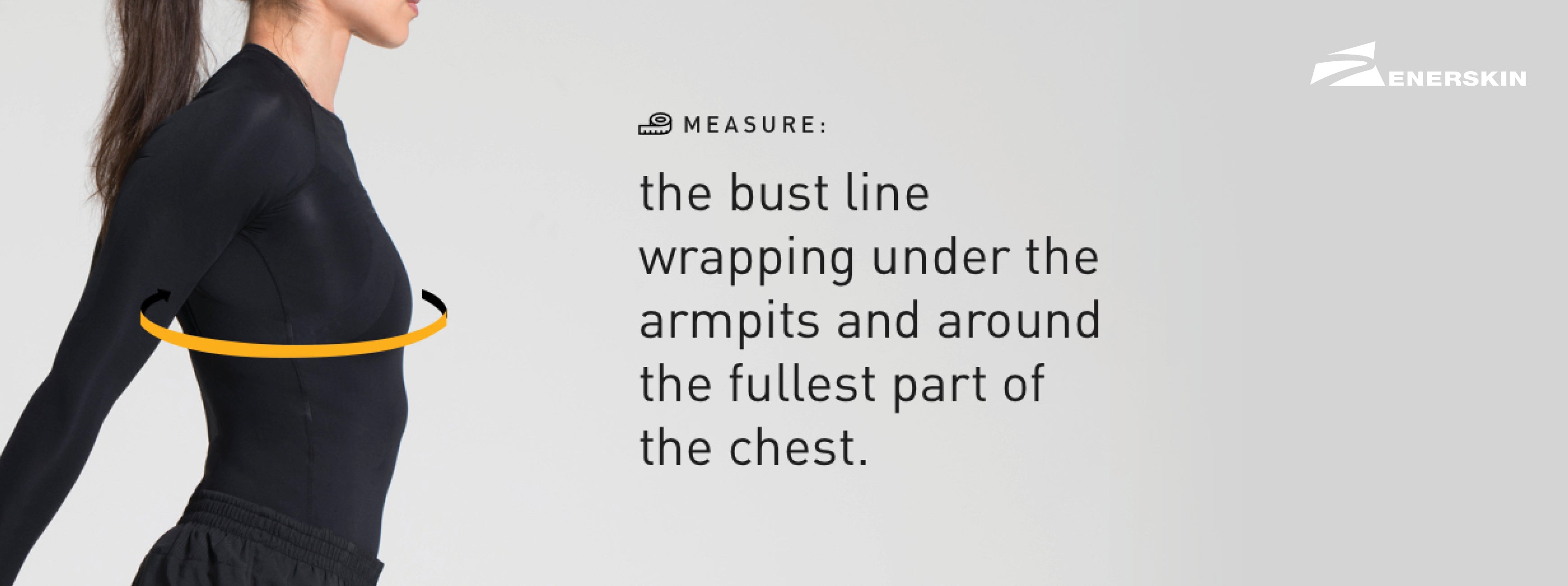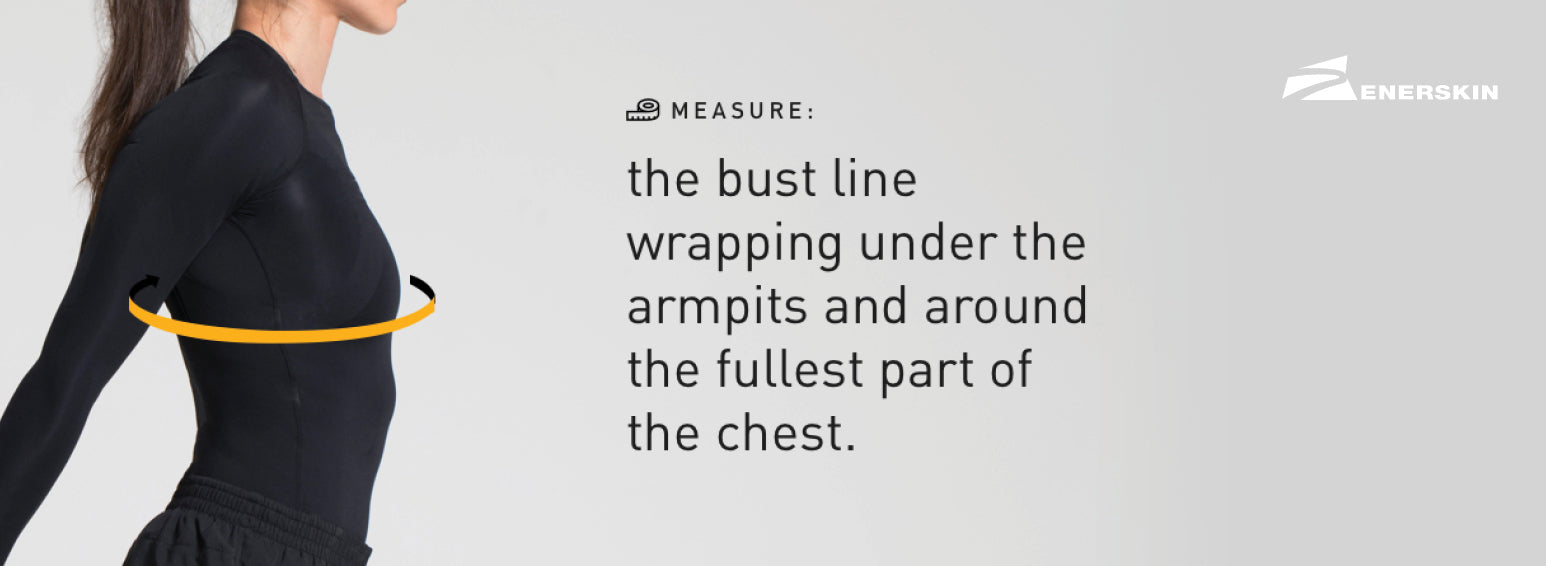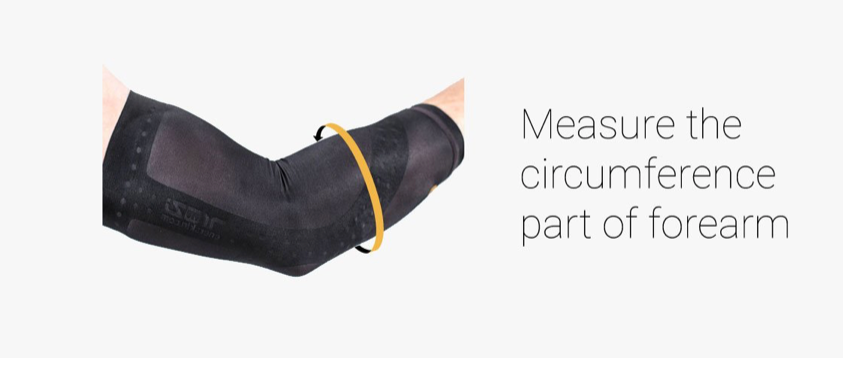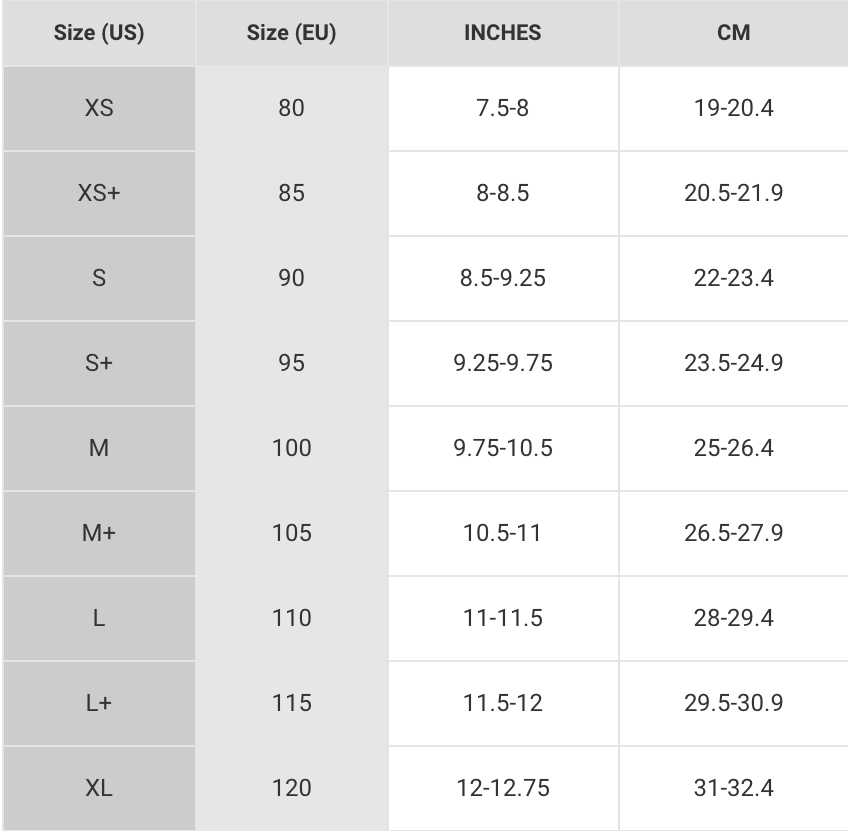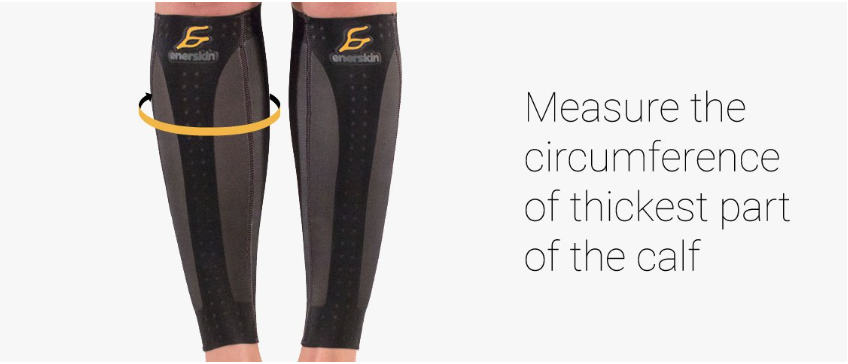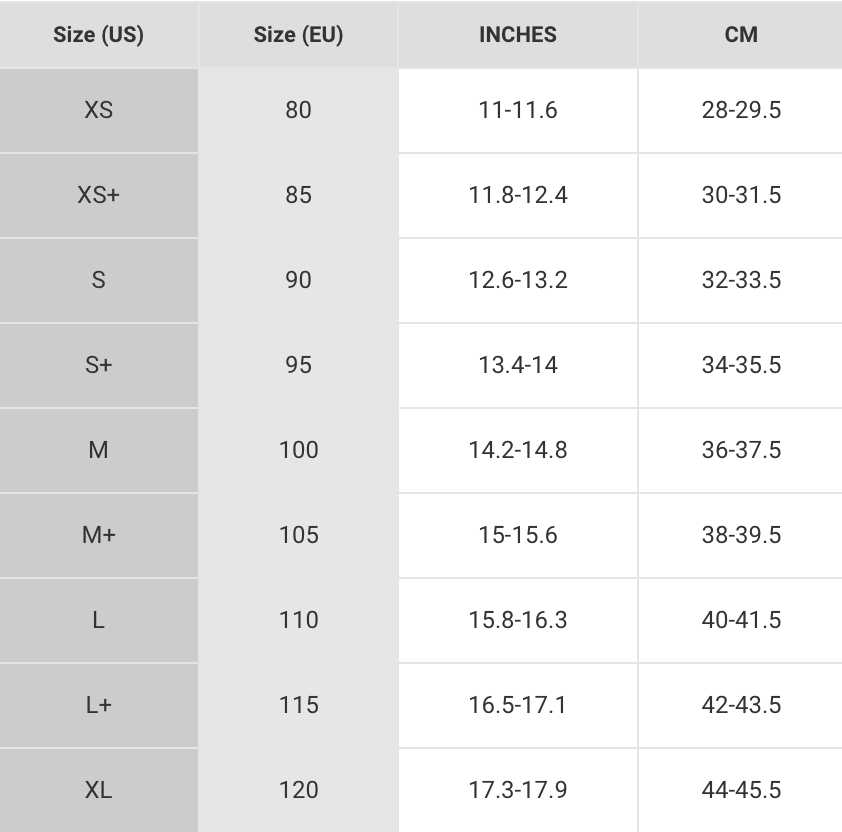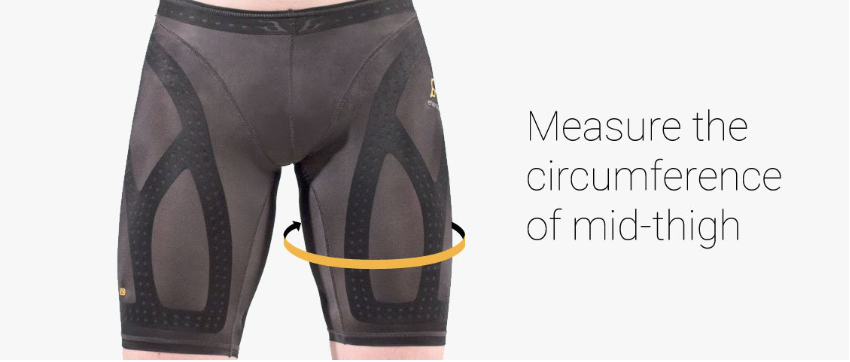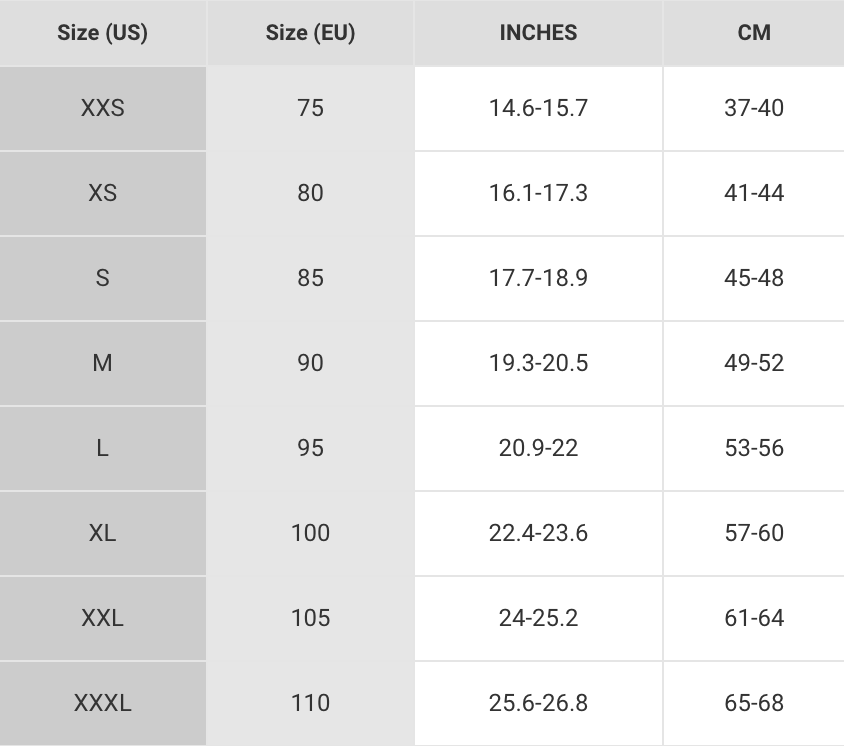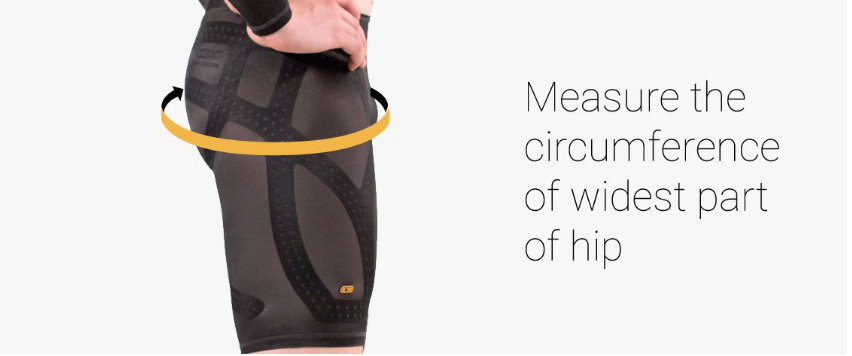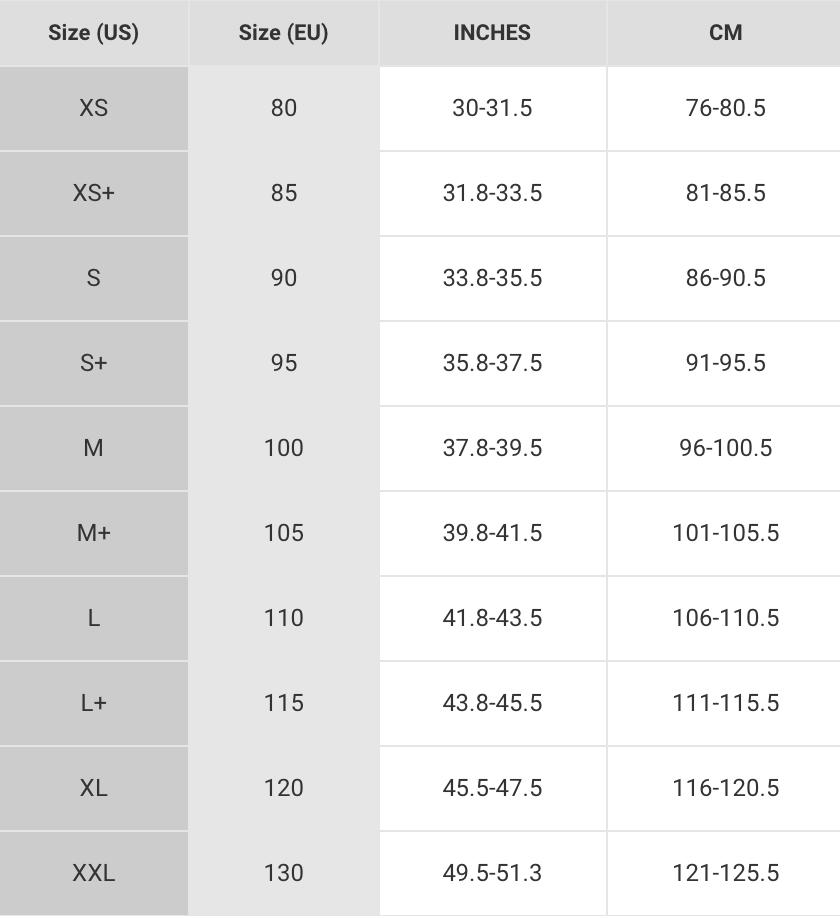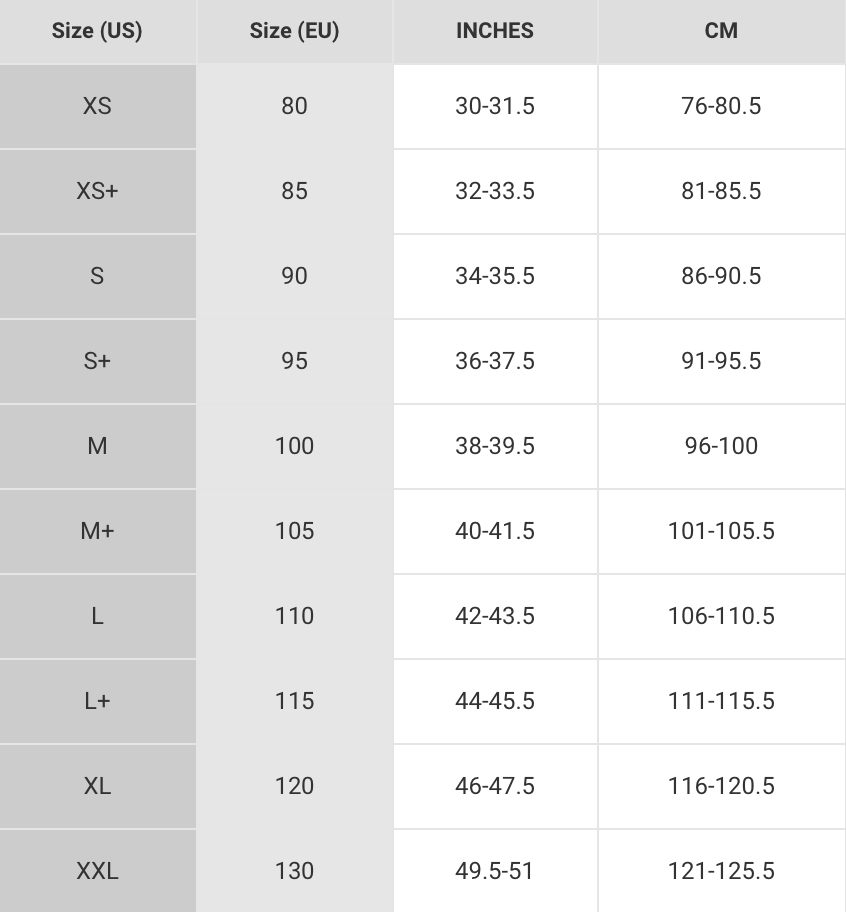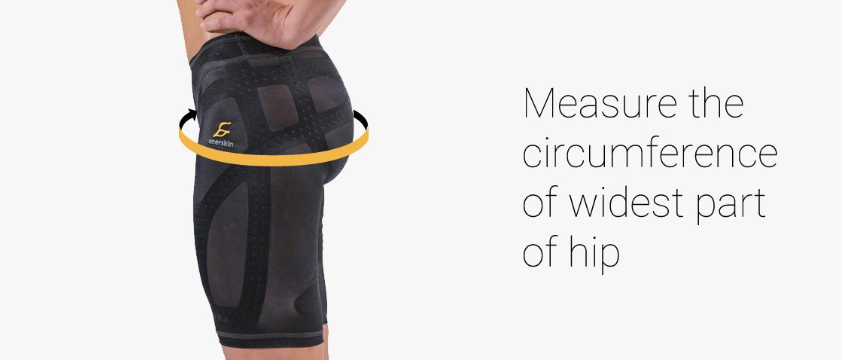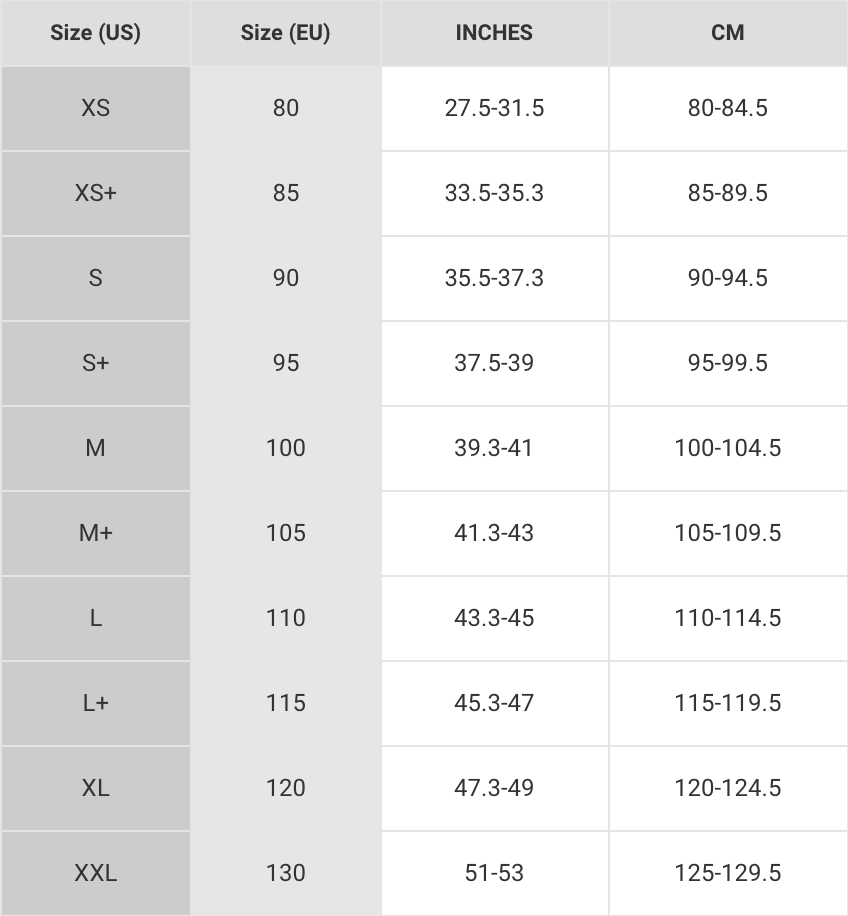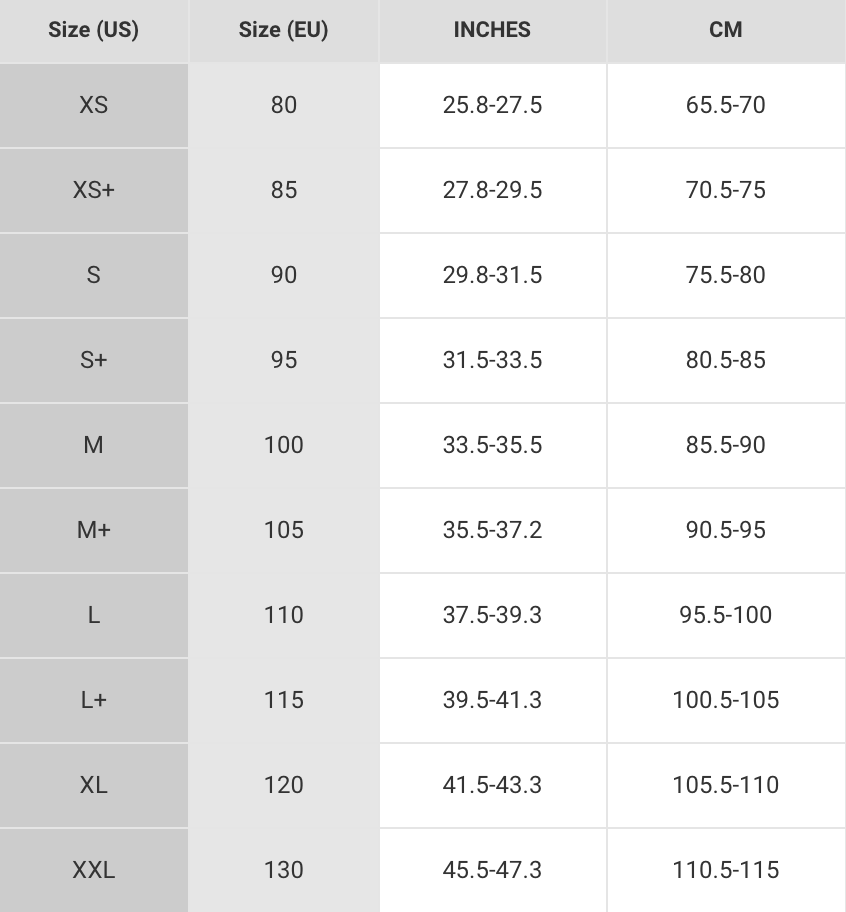Compression Leg: Improving Circulation and Enhancing Performance
Are you looking for a simple yet effective way to improve circulation, enhance performance, and promote faster recovery? Look no further than compression legwear. Compression legwear has gained popularity among athletes, fitness enthusiasts, and individuals seeking improved leg health. In this article, we will explore the benefits, types, and usage of compression legwear. So, let's dive in!
1. Introduction: Understanding Compression Legwear
Compression legwear refers to specially designed garments that provide graduated pressure to the legs. They are typically made from elastic materials that exert pressure on the muscles, veins, and blood vessels in the legs. The pressure is highest at the ankle and gradually decreases as it moves up the leg, facilitating blood flow back to the heart.

2. How Compression Legwear Works
Compression legwear works on the principle of graduated compression. The applied pressure helps squeeze the veins and muscles, improving blood circulation and preventing blood from pooling in the lower extremities. This enhanced circulation delivers oxygen and nutrients to the muscles, while also aiding in the removal of metabolic waste products.
3. Benefits of Compression Legwear
Enhancing Circulation
Compression legwear promotes better blood flow, which can have numerous benefits. Improved circulation means oxygen and nutrients reach the muscles more efficiently, enhancing performance and reducing the risk of cramps and muscle fatigue.
Reducing Muscle Fatigue
By reducing muscle vibration and oscillation during physical activity, compression legwear helps minimize muscle fatigue. This can result in improved endurance, allowing athletes to perform at their best for longer durations.
Speeding Up Recovery
Compression legwear can significantly aid in post-exercise recovery. The increased blood flow helps remove metabolic waste products, such as lactic acid, from the muscles, reducing soreness and promoting faster recovery.
Preventing Swelling and Edema
Compression legwear can effectively prevent swelling and edema, especially during prolonged periods of inactivity or long-distance travel. The compression helps prevent the accumulation of fluid in the legs, reducing the risk of discomfort and swelling.

4. When and How to Wear Compression Legwear
During Exercise and Sports Activities
Compression legwear can be worn during exercise and sports activities to improve performance and reduce muscle fatigue. It is particularly beneficial for activities that involve repetitive movements, such as running, cycling, or weightlifting.
Post-Exercise and Recovery
Wearing compression legwear after exercise helps facilitate muscle recovery by enhancing blood flow and reducing inflammation. It is recommended to wear compression legwear for a few hours post-workout to maximize the benefits.
Long-Distance Travel
Compression legwear is highly recommended for long-distance travel, especially on flights lasting more than a few hours. It helps prevent swelling and discomfort associated with prolonged sitting or standing during travel.
5. Debunking Common Myths about Compression Legwear
Does Compression Legwear Cut Off Circulation?
No, compression legwear does not cut off circulation. In fact, it enhances circulation by promoting blood flow back to the heart. The graduated pressure applied by compression legwear helps prevent blood pooling and reduces the risk of circulatory issues.
Is Compression Legwear Only for Athletes?
While compression legwear is commonly used by athletes, it is beneficial for anyone seeking improved leg health and performance. Individuals who spend long hours standing or sitting, pregnant women, frequent travelers, and those with certain medical conditions can all benefit from wearing compression legwear.

6. Conclusion
Compression legwear offers a simple yet effective solution to enhance leg health, improve circulation, and boost performance. Whether you're an athlete looking to improve endurance or an individual seeking relief from leg swelling and discomfort, compression legwear.
you may also like

